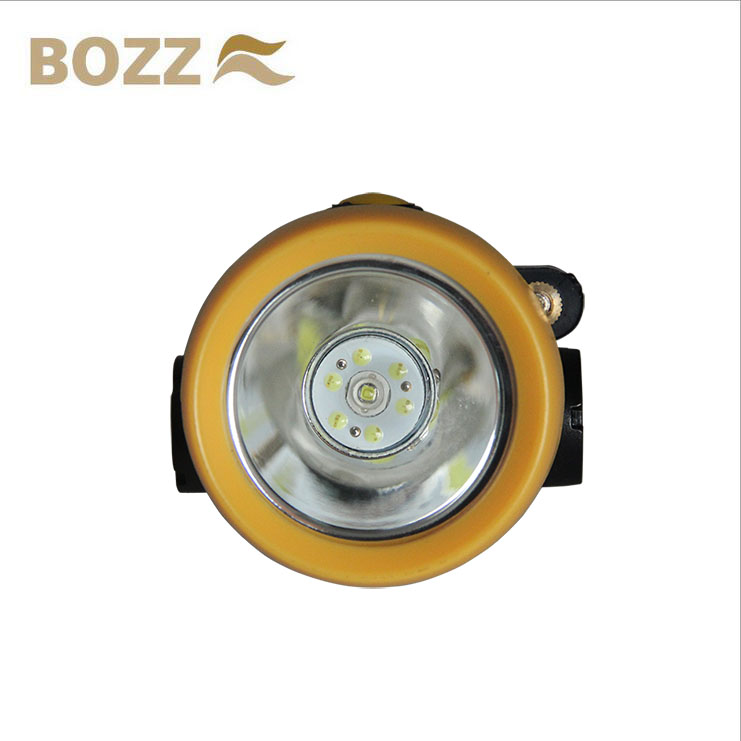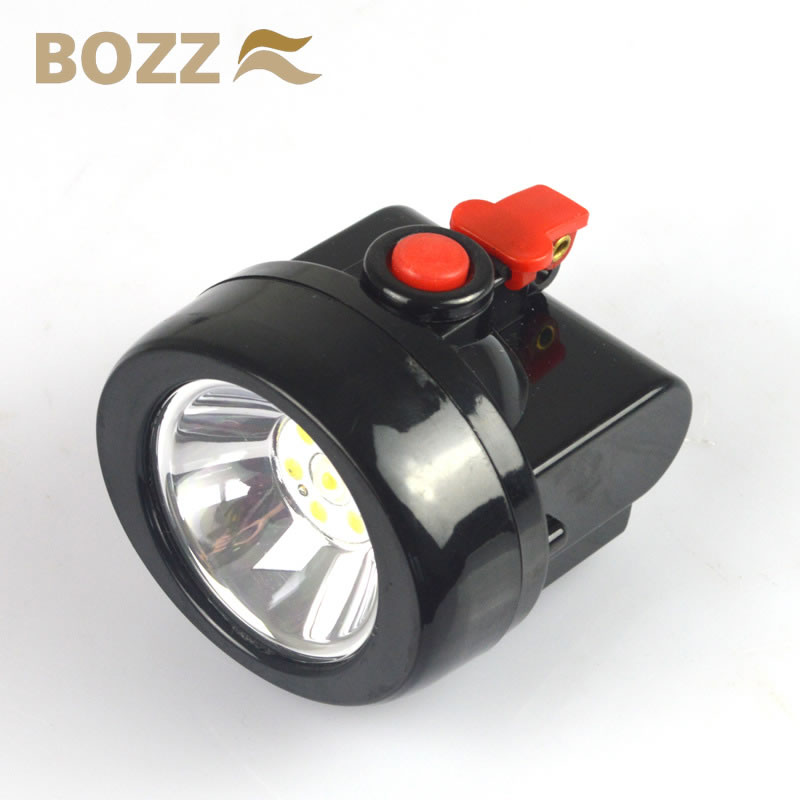Explosion-proof lamps are generally classified according to the selected light source, explosion-proof structure and usage. According to the light source, there are explosion-proof incandescent lamps, explosion-proof high-pressure mercury lamps, explosion-proof low-pressure fluorescent lamps, mixed light source lamps, etc.; according to the explosion-proof structure type, there are explosion-proof lamps, increased safety lamps, composite lamps, etc.; Explosion-proof lamps and portable explosion-proof lamps.
According to the explosion-proof type, there are 5 main types of explosion-proof type, increased safety type, positive pressure type, non-sparking type and dust explosion-proof type. It can also be combined with other explosion-proof type and various types of explosion-proof type or composite type and special type.
Flameproof
The components of the equipment that may ignite the explosive gas mixture are all enclosed in a casing whose outer casing can withstand any joint surface or structural gap through the casing, and the flammable mixture penetrating into the interior of the casing explodes inside without damage, and can ensure internal When the flame gas propagates through the gap, it reduces energy and is not enough to detonate the gas in the outer casing.
Increased safety
Electrical equipment that does not generate arcs or sparks under normal operating conditions takes additional measures to increase its safety and prevents explosion-proof patterns of dangerous temperatures, arcs and sparks that may be present in its internal and external components. Protection measures to improve the reliability and safety of the equipment.
Positive pressure type
The flammable mixture is allowed to enter the interior of the enclosure by maintaining the pressure of the protective gas inside the enclosure above the ambient explosion-proof ambient pressure to safe electrical equipment to protect static positive pressure within the system or to maintain a continuous flow of air or inert gas. Take away the flammable gas entering the enclosure when the device is not under positive pressure to prevent the formation of a flammable mixture in the enclosure.




